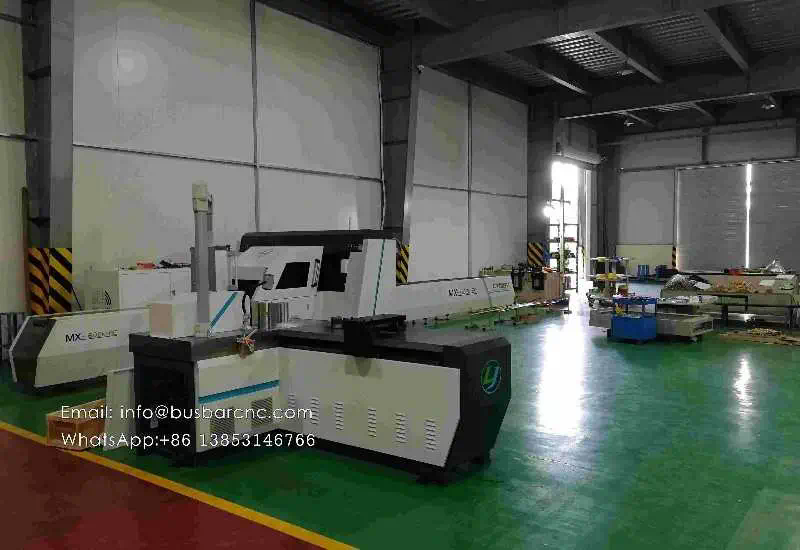Multi-axis machining capability analysis of CNC machine tools
Multi-axis machining capability analysis of CNC machine tools
Modern manufacturing industries demand high precision and complex geometries in the components they produce. As a result, the use of multi-axis CNC machine tools has become increasingly prevalent to meet these requirements. In this article, we will delve into the analysis of the multi-axis machining capabilities of CNC machine tools, exploring the advantages, challenges, and considerations associated with their use.
Multi-axis machining refers to the ability of a CNC machine tool to move and position the cutting tool along multiple axes simultaneously. This capability allows for greater flexibility in creating intricate shapes and contours that would be difficult or impossible to achieve with traditional single-axis machining. By utilizing multiple axes of motion, manufacturers can reduce setup times, improve accuracy, and enhance productivity.
## Advantages of Multi-axis Machining
One of the primary advantages of multi-axis machining is the ability to reduce the number of setups required to complete a part. With a multi-axis machine tool, complex parts can often be machined in a single setup, eliminating the need for costly and time-consuming repositioning of the workpiece. This not only speeds up the production process but also minimizes errors that can occur when transferring the part between different setups.
Another key advantage of multi-axis machining is the ability to achieve more complex geometries and contours. By allowing the cutting tool to move along multiple axes, manufacturers can create parts with intricate shapes and features that would be challenging to produce using traditional machining methods. This capability opens up new possibilities for design innovation and enables manufacturers to meet the increasing demands for highly customized components.
## Challenges of Multi-axis Machining

While multi-axis machining offers numerous advantages, it also presents its own set of challenges. One of the main challenges is the increased complexity of programming and toolpath generation. Unlike traditional machining, where toolpaths are typically defined in two or three dimensions, multi-axis machining requires programming in multiple axes simultaneously. This can be more time-consuming and requires a higher level of expertise to optimize the machining process effectively.
Another challenge of multi-axis machining is the increased risk of collisions between the cutting tool and the workpiece or fixture. As the number of axes of motion increases, the likelihood of interference grows, particularly in tight spaces or complex geometries. Manufacturers must carefully simulate and verify toolpaths to prevent collisions and ensure the safety of the machining operation.
## Considerations for Multi-axis Machining
When considering the implementation of multi-axis machining capabilities on CNC machine tools, several factors should be taken into account to maximize the benefits and mitigate potential challenges. One crucial consideration is the selection of the appropriate number of axes for the specific application. While machines with five or more axes offer the greatest flexibility, they may not always be necessary for every machining task. Evaluating the complexity of the parts to be produced and the desired level of precision can help determine the optimal number of axes required.
Additionally, the choice of cutting tools and tool holders plays a significant role in the success of multi-axis machining operations. Specialized tools, such as tapered end mills or ball-nose cutters, may be required to access tight spaces and achieve complex geometries effectively. Tool holders with high rigidity and precision are also essential to minimize vibration and ensure accurate machining results.
## Conclusion
In conclusion, the analysis of multi-axis machining capabilities of CNC machine tools reveals the significant advantages and challenges associated with this advanced machining technology. By leveraging the flexibility and precision offered by multi-axis machining, manufacturers can produce complex components with greater efficiency and accuracy. However, careful consideration of programming complexities, collision risks, and tooling requirements is essential to successfully implement multi-axis machining in a production environment. Ultimately, with proper planning and expertise, multi-axis machining can revolutionize the manufacturing process and enable the creation of innovative and high-quality products.
https://supplychaininterview.com/